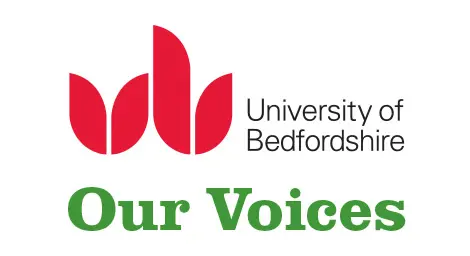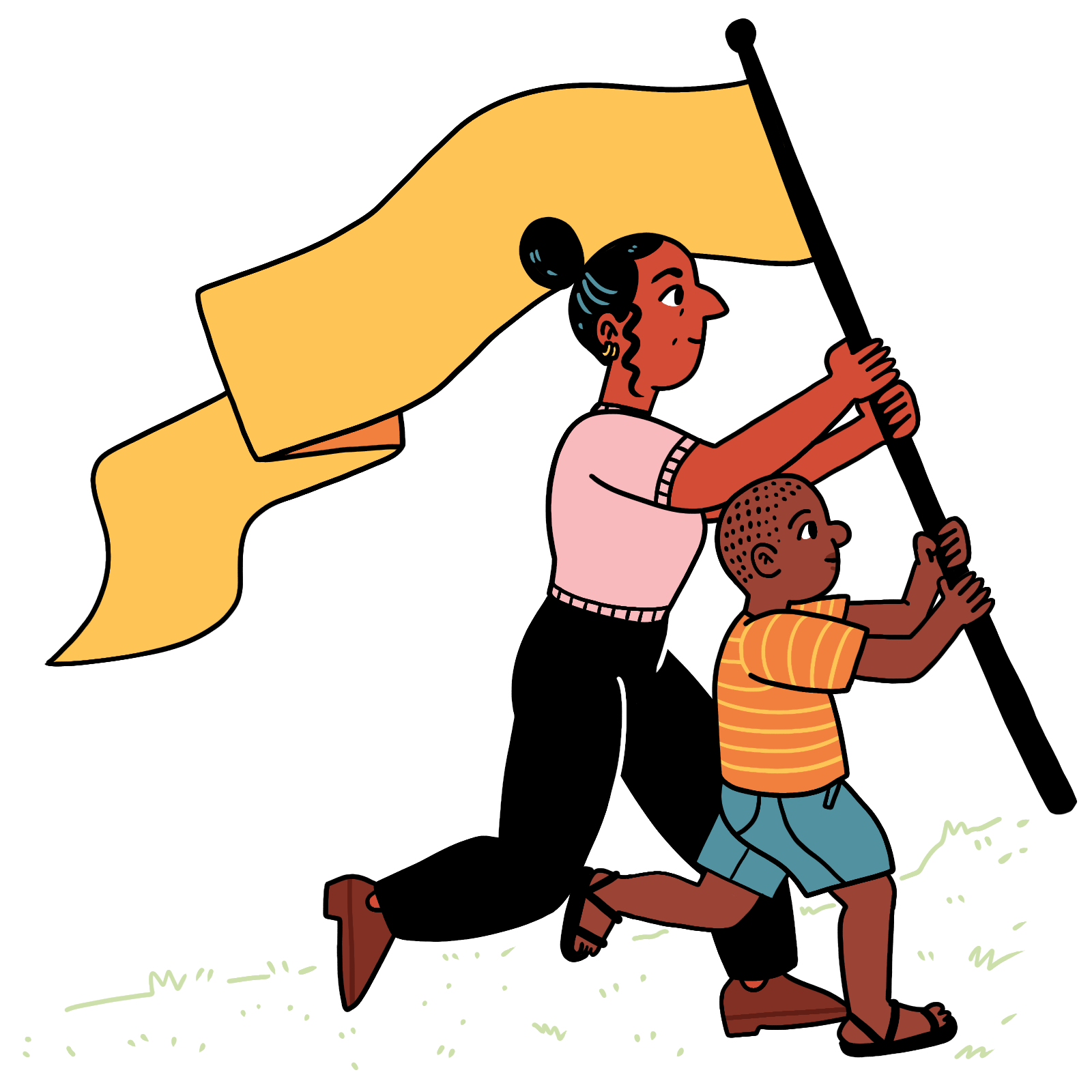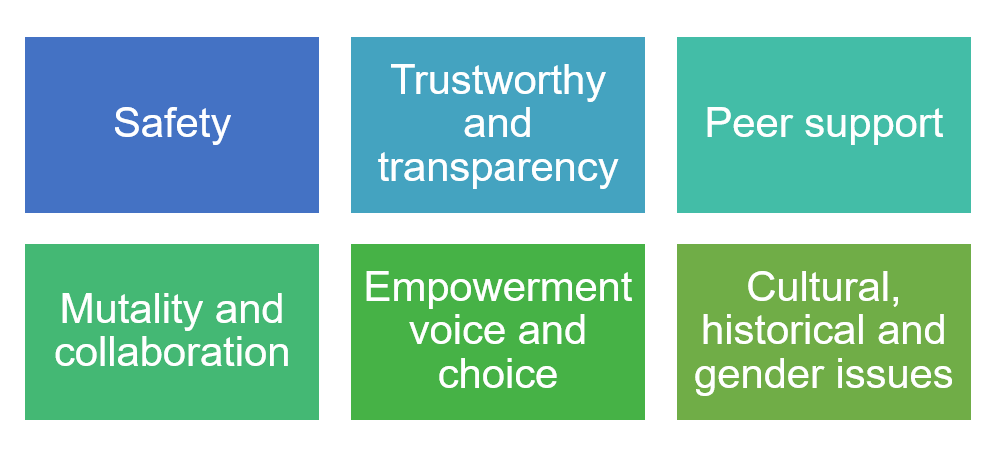The UN Convention on the Rights of the Child (UNCRC) (1989) articulated a set of ‘participation rights’ for children and young people under the age of 18. Many national governments have since changed laws and policies to account for the individual and collective rights that children and young people are entitled to.
Article 12 is often cited as the ‘participation’ article. Article 12 asserts that every child, who is capable of forming his or her views, has the right to express those views on all issues affecting them. It also outlines that the child’s views and perspectives should be given ‘due weight in accordance with the age and maturity of the child’.
Article 12 is one of the four underpinning general principles of the UNCRC and therefore key to how the Convention as a whole is interpreted and implemented.
Yet, many of the articles within the convention make up, what is collectively known as, children’s ‘participation rights’.









